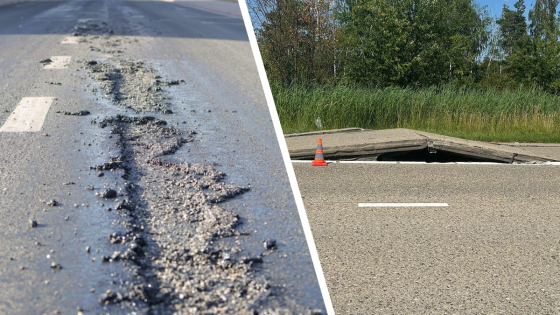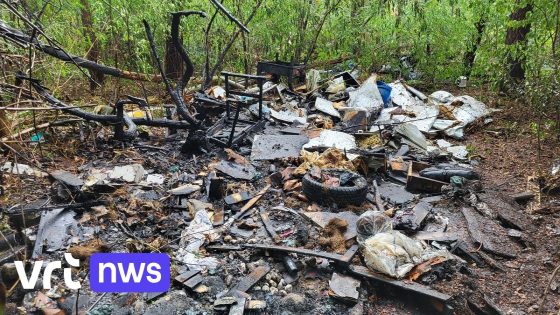Road damage caused by the extreme heat is affecting several locations across Belgium, with multiple reports emerging on 2025-07-02 00:00:00. Streets in Genk, Bilzen, and other Limburg towns are experiencing asphalt melting and concrete cracking, disrupting daily commutes and raising safety concerns. The ongoing heatwave is putting Belgian road infrastructure to the test like never before.
- Heatwave causes asphalt melting and concrete cracking
- Multiple road damages reported across Limburg region
- Beton expands in heat, creating pressure points
- AWV responds quickly with repair contractors
- Drivers advised to stay cautious near work zones
- Police urged to be contacted for road bumps
In Genk, the Sledderlo street was closed after the asphalt began melting, while in Bilzen, the concrete on Taunusweg cracked open. Similar damage has been reported on roads in Bocholt, Meeuwen, Eigenbilzen, Herk-de-Stad, Heusden, and even on major highways like the E313 and E314, where raised road surfaces have caused traffic jams and vehicle damage.
What causes these sudden road failures, and how are authorities responding to protect drivers? The fast answer lies in the heat’s impact on concrete expansion and the pressure it creates, especially at vulnerable joints. Here’s what you need to know.
Why does the heat cause such severe road damage? Concrete expands in high temperatures and contracts when cold. The current heatwave, with prolonged daytime heat and minimal nighttime cooling, causes concrete slabs to swell and buckle at weak points like joints. This results in raised slabs and cracked surfaces that disrupt traffic and can damage vehicles.
- Concrete expansion creates pressure at joints, especially older “end day” joints on highways.
- Asphalt can soften and melt under extreme heat, leading to closures like in Genk.
- Road authorities respond quickly by sending contractors to repair or grind down damaged areas.
- Drivers should be cautious near repair zones and report any unusual road bumps to police.
As Belgium faces more frequent heatwaves, will our road networks be able to withstand future extremes? Authorities urge drivers to stay alert and cooperate with repair crews to maintain safety. Continued investment in heat-resistant road materials may be the key to preventing such disruptions going forward.
































